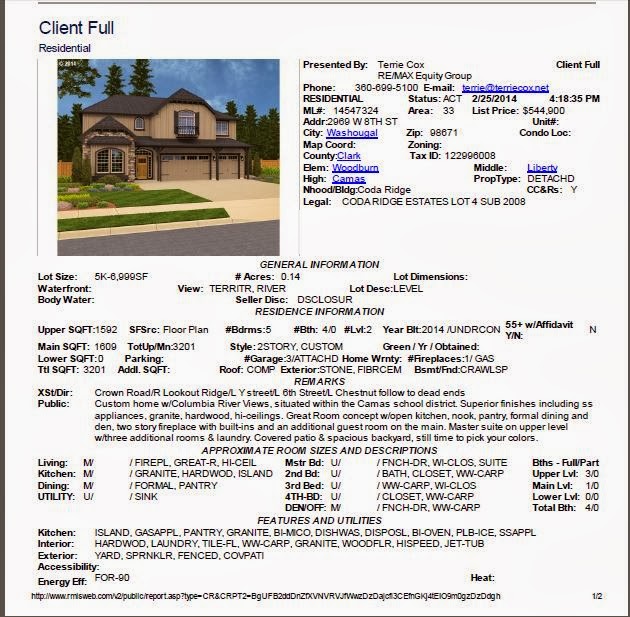Bank of America Chief Executive Brian Moynihan told a conference recently that his bank was unlikely to participate.
"I don't think there's a big incentive for us to start to try to create more mortgage availability where the customers are susceptible to default," Moynihan said last month.
The Federal Housing Finance Agency, which regulates Fannie and Freddie, announced its intent to launch the programs in October. Director Melvin Watt said Monday that the 3% down-payment programs come with strong underwriting standards that ensure sound lending practices.
Borrowers can already tap a variety of low-down-payment mortgage programs, including those backed by the Federal Housing Administration and Veterans Administration, along with those from various state housing finance agencies, including California's.
But some of those loans carry higher fees or mortgage insurance premiums that can make them costlier than conventional mortgages. The new programs from Fannie and Freddie would enable more creditworthy borrowers, even those with lower incomes, to avoid high fees and pay less for private mortgage insurance.
Since 2011, Freddie Mac has required at least a 5% down payment on loans it guarantees.
Fannie Mae, starting late last year, required a 5% down payment for most mortgages it backed, but still offered to back loans with a 3% down payment made through some state housing finance agencies.
The Federal Housing Finance Agency said the 3% down payment loans would be a small portion of the firms' portfolios.
Fannie Mae and Freddie Mac will offer somewhat different programs.
Fannie Mae's program, which begins Saturday, will be available to anyone who has not owned a primary residence for three years. Private mortgage insurance will be required.
Borrowers with Fannie Mae mortgages will be able to refinance under the program and can take out up to $2,000 to cover closing costs but will not be allowed to remove equity from their home.
Freddie Mac's program, called Home Possible Advantage, will begin in March. It is open to anyone who meets certain requirements, but first-time home buyers must participate in a homeownership education and counseling program.
Homeowners with Freddie Mac mortgages could also refinance under the program, but would not be able to take any cash out as part of the process.
Fannie Mae and Freddie Mac were seized by the government in 2008 as they teetered near bankruptcy because of bad mortgages they backed.
Taxpayers pumped $187.5 billion into the companies to keep them afloat. But as the housing market has rebounded, Fannie Mae and Freddie Mac have returned to profitability.
This year, the firms finished repaying all the bailout money through quarterly dividend payments to the government. They have continued making billions of dollars in dividend payments, helping reduce the government's overall budget deficit.
















+003.JPG)


















